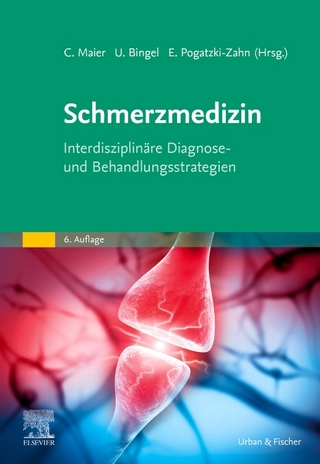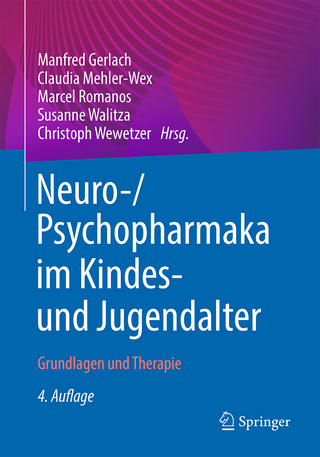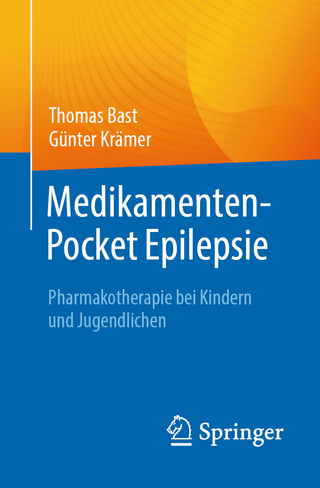
Sleep
Kluwer Academic/Plenum Publishers (Verlag)
978-0-306-47406-4 (ISBN)
The question about the function ofsleep remains one ofthe major challenges scientists are faced with. Wherein lies the fascination with sleep? I am convinced that it is the necessity for sleep. No one has failed to experience the overpowering urge to fall asleep after a disturbed night's sleep or after sleep was curtailed or deprived, especially when our daily activities impose restrictions on motor activity. The demand ofour body and brain to sleep challenges our understanding ofwhy this is the case, and which are the benefits ofa night ofprofound sleep. Also in animals prolongation of waking consistently increases their attempts to fall asleep. It has been stated that sleep is more necessary to animals than even food! The need for sleep and some insight into the consequences of the preceding daily waking activities on subsequent sleep was wonderfully formulated by Shakespeare in Othello: Not poppy nor mandragora, Nor all the drowsy syrups ofthe world, Shall ever medicine thee to that sweet sleep Which thou owed'st yesterday It is interesting that the most powerful single intervention which invariably influences sleep in a positive and predictable manner is the prolongation of waking. The activities which people or animals engage in during the wakefulness episode are secondary in the magnitude oftheir effects on sleep.
1. Normal sleep.- 2. Normal sleep in children.- 3. Neurobiology of the sleep-wake cycle.- 4. The major physiological fonctions during sleep.- 5. Models of human sleep regulation.- 6. Melatonin and sleep-wake rhythm.- 7. Molecular genetics, circadian rhythms and sleep.- 8. Mental activities during sleep.- 9. Polysomnography.- 10. Ambulatory Systems.- 11. Guidelines for visual sleep analysis.- 12. Automatic sleep analysis.- 13. Investigation of vigilance and sleepiness.- 14. Insomnia: Introduction.- 15. A decision tree approach to the differential diagnosis of insomnia.- 16. Transient and short term insomnia.- 17. Primary insomnia.- 18. Insomnia associated with medical disorders.- 19. Insomnia associated with psychiatric disorders.- 20. Insomnia linked to medications.- 21. Benzodiazepines and new non-benzodiazepine agents.- 22. Other medications used for insomnia.- 23. Insomnia in children: Clinical aspects and treatment.- 24. Sleep and circadian rhythms in normal aging.- 25. Hypersomnias: Introduction.- 26. A decision tree approach to the differential diagnosis of hypersomnia.- 27. Insufficient sleep syndrome.- 28. Medication and alcohol dependent sleepiness.- 29. Obstructive sleep apnoea-hypopnea syndrome and upper airway resistance syndrome.- 30. Surgical and prosthetic treatment for sleep apnoea syndrome and upper airway resistance syndrome.- 31. Narcolepsy.- 32. Idiopathic hypersomnia.- 33. Recurrent hypersomnias.- 34. Other hypersomnias.- 35. Hypersomnia in children.- 36. Circadian rhythm sleep disorders: Introduction.- 37. A decision tree approach to the differential diagnosis of a circadian rhythm sleep disorders.- 38. Shift work sleep disorder.- 39. Time zone change (jet lag) syndrome.- 40. Circadian rhythm sleep disorders related to an abnormal escape of the sleep-wake cycle.- 41. Parasomnias.- 42. Enuresis.- 43. Snoring.- 44. Nocturnal hypoxemia in chronic obstructive pulmonary disease.- 45. Central alveolar hypoventilation syndrome.- 46. Sleep breathing abnormalities in neuromuscular diseases.- 47. Cardiocirculatory disorders and sleep.- 48. Restless legs syndrome in wakefulness and periodic leg movements in sleep.- 49. Abnormal postures and movements during sleep.- 50. Night epilepsies.- 51. Sleep-related headaches.- 52. Fatal familial insomnia.- 53. Sleep and the gastrointestinal tract.- 54. Sleep and sudden infant death syndrome.- 55. Sleep related painful erections.- 56. Mood disorders and sleep.- 57. Sleep and lesions in the central nervous system.- 58. Sleep as a tool for investigating epilepsies.- 59. Dysautonomias.- 60. Fibromyalgia and chronic fatigue syndrome: the role of sleep disturbances.- Questionnaires and scales.- 1. General questionnaire on sleep.- Morning Questionnaire.- 2. Questionnaires used in the evaluation of insomnia.- Sleep Impairment Index.- Beliefs And Attitudes About Sleep Scale.- The Pittsburgh Sleep Quality Index.- The Leeds Sleep Evaluation Questionnaire.- The Beck Depression Inventory.- 3. Scales used in the evaluation of hypersomnia.- The Stanford Sleepiness Scale.- The Karolinska Sleepiness Scale.- The Epworth Sleepiness Scale.- 4. Questionnaire used in the evaluation of circadian rhythm sleep disorder.- The Home and Östberg Questionnaire.
| Zusatzinfo | XX, 764 p. |
|---|---|
| Verlagsort | New York |
| Sprache | englisch |
| Maße | 155 x 235 mm |
| Themenwelt | Medizin / Pharmazie ► Medizinische Fachgebiete ► Neurologie |
| ISBN-10 | 0-306-47406-9 / 0306474069 |
| ISBN-13 | 978-0-306-47406-4 / 9780306474064 |
| Zustand | Neuware |
| Haben Sie eine Frage zum Produkt? |
aus dem Bereich


